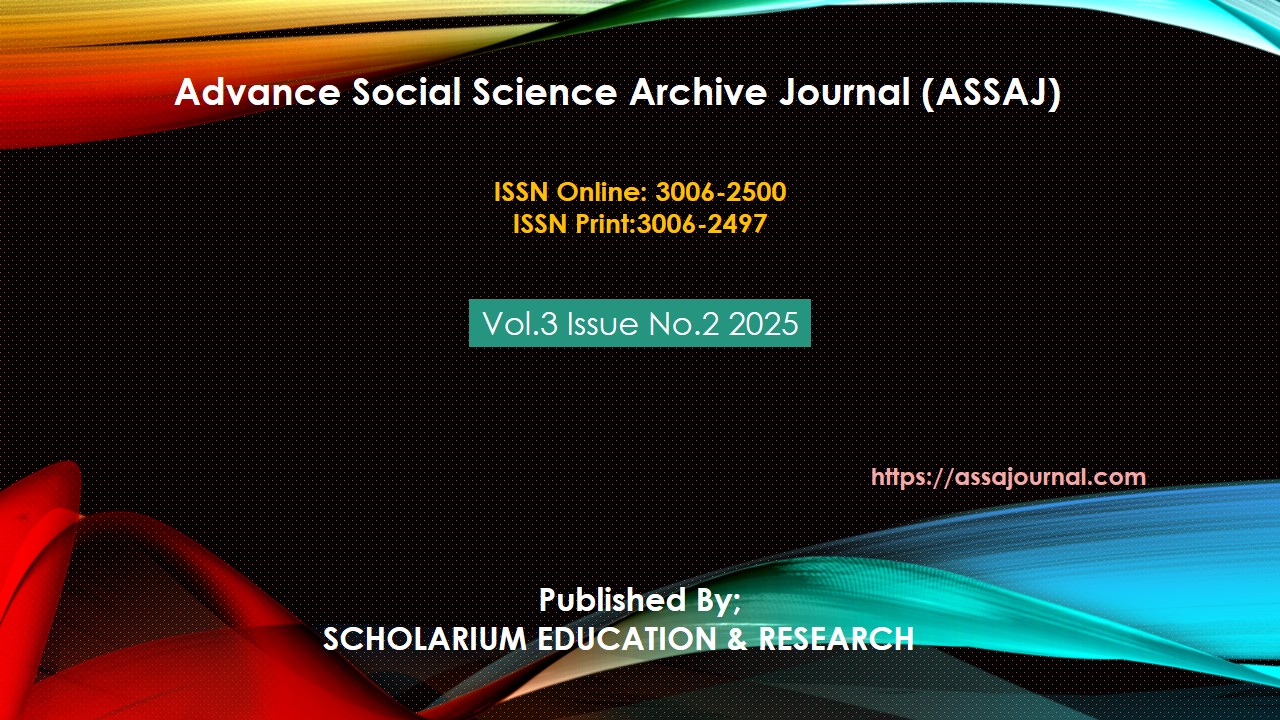The Shari’ah Implications of the Variations in Distance between the Sun and the Moon (Perigee & Apogee): Differing Perspectives of Scholars
Abstract
For some time now, the astronomical phenomena of perigee (when the moon is closest to the earth) and apogee (when the moon is farthest) have been of interest to scholars particularly in terms of their possible association within Islamic Shari’ah. The apparent size and timing of lunar phases, which are critical to the Islamic lunar calendar including Ramadan, Eid and Hajj, are subject to variations in the distances between the earth, sun and moon. From Classical and contemporary scholars, it has been explored whether these celestial changes entail any fiqhi (legal) consequences for the commencement and termination of Islamic months, determination of the new moon (hilal), and according to the Islamic prayer times and fasting hours. But several jurists hold that such astronomical factors should be weighed in with physical moon sighting (ru’yah) while others insist that the traditional naked eye sighting is still binding, despite perigee and apogee. Differences also arise in interpretations of hadiths concerning lunar visibility and resolving it with the exact astronomical data. This paper analyzes these different academic perspectives and their arguments and demonstrates how timelessness of principles of Shari’ah accommodates natural variations. Though astronomy does provide useful information, the study concludes that Shari’ah primarily considers accessibility and ease for most people in religious obligations in the sense of flexibility and adaptability in light of celestial phenomena.
Keywords: Perigee, Apogee, Islamic Lunar Calendar, Moon Sighting (Ru’yah), Shari’ah Rulings, Astronomical Calculations





